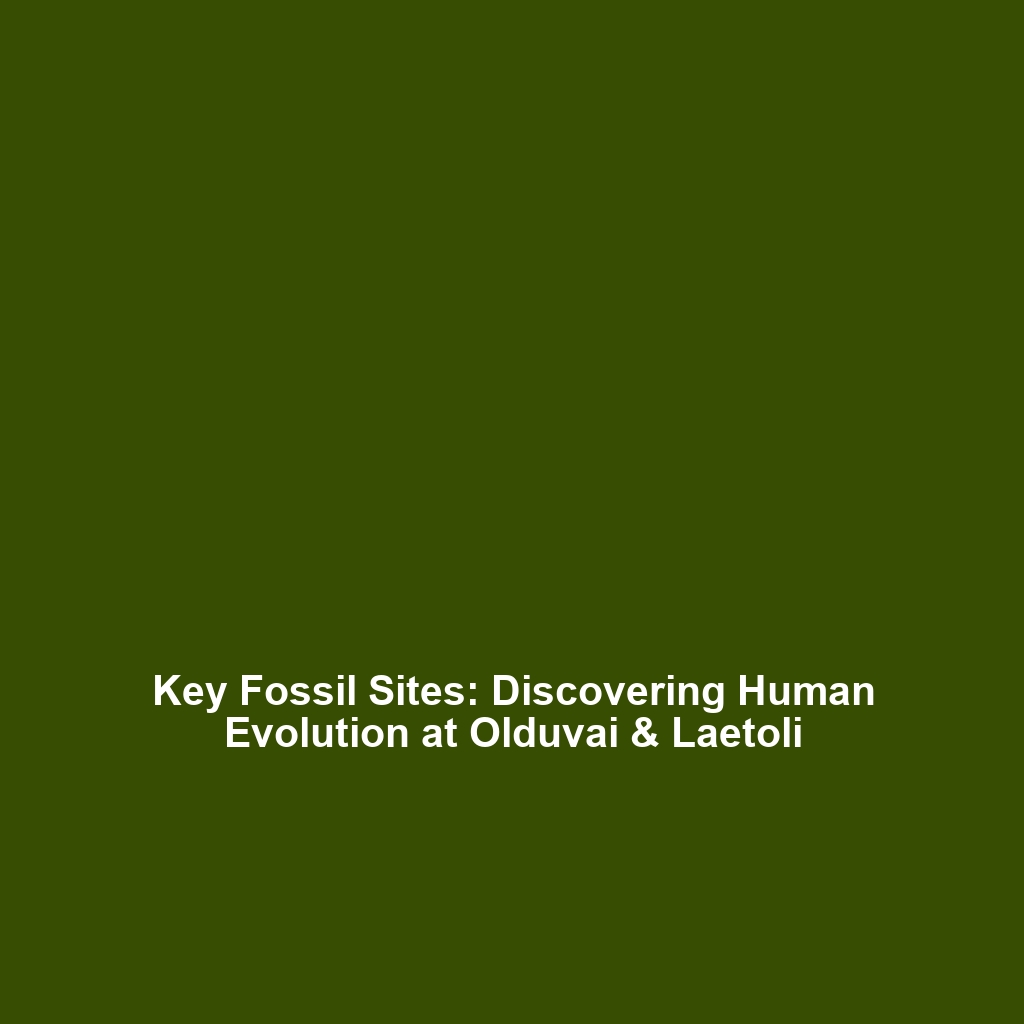Paranthropus: Significance in Human Evolution
Introduction: Paranthropus is a fascinating genus of early hominins that appeared in Africa approximately 2.7 to 1.2 million years ago. This group is particularly important for understanding the diverse evolutionary paths of our ancestors. Alongside other hominins like Australopithecus, Paranthropus showcases the adaptive strategies of early human relatives in response to changing environments. Studying Paranthropus provides insights into dietary adaptations and morphological specialization, shedding light on the broader context of human evolution.
Key Concepts
Paranthropus is characterized by its robust cranial features, including a pronounced sagittal crest, large molars, and an overall stout build. Its significance in human evolution can be understood through several key concepts:
- Dietary Adaptation: Paranthropus species, particularly Paranthropus boisei, had a specialized diet that included hard and fibrous plant materials, indicating a significant divergence in dietary strategies among early hominins.
- Morphological Characteristics: The physical attributes of Paranthropus, such as its large jaw and teeth adaptations for processing tough vegetation, highlight evolutionary responses to environmental pressures.
- Cladistic Relationships: Understanding Paranthropus’s position on the hominin phylogenetic tree is crucial for examining how different species adapted to their habitats and interacted with one another.
Applications and Real-World Uses
Research on Paranthropus extends beyond paleoanthropology and contributes to various fields:
- Paleoecology: Insights gained from studying Paranthropus help reconstruct ancient ecosystems and understand how hominins adapted to specific environmental conditions.
- Cultural Anthropology: The behaviors and technologies of early hominins are enriched by understanding dietary practices and social structures associated with species like Paranthropus.
- Evolutionary Biology: Paranthropus serves as a model for studying evolutionary principles, offering a case for natural selection and adaptive radiation.
Current Challenges
Despite advancements in research, certain challenges persist in the study of Paranthropus:
- Incomplete fossil records may lead to gaps in understanding the full range of morphological diversity.
- Disputes over classification and relationships with other hominin species complicate efforts to construct accurate phylogenetic trees.
- Technological limitations in fossil analysis hinder detailed examinations of morphological traits and their implications.
Future Research and Innovations
Future research on Paranthropus is poised to benefit from innovations in technology:
- Advanced Imaging: Techniques such as 3D imaging and virtual reality are expected to enhance the study of fossilized remains.
- DNA Analysis: Innovations in ancient DNA sequencing could provide new insights into the genetic makeup of Paranthropus and its relation to modern humans.
- Interdisciplinary Studies: Collaborations across disciplines, including genetics and environmental science, may lead to a comprehensive understanding of evolution.
Conclusion
In summary, Paranthropus plays a crucial role in the narrative of human evolution, particularly in understanding the diversity of dietary adaptations and morphological traits among early hominins. Ongoing research promises to uncover further insights about our ancestors and enrich our understanding of human origins. For those interested in exploring more about this fascinating topic, consider reading our articles on Australopithecus and the evolution of Hominins.



